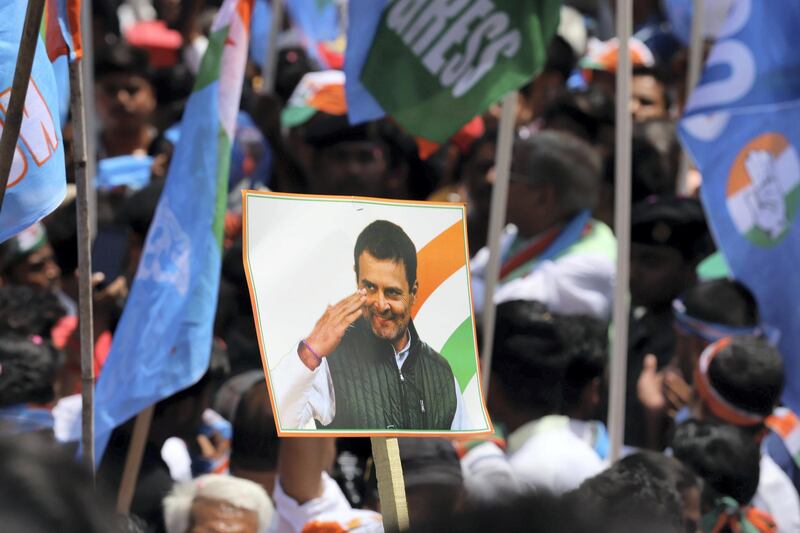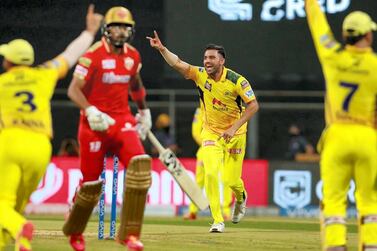With the 2024 parliamentary election firmly in their sights, key opposition parties across India are appearing to make plans on how to defeat Prime Minister Narendra Modi and his ruling Bharatiya Janata Party (BJP). The operative phrase here is “appearing to”.
With three years left before the election, no political party or leader is under any illusion that things will remain static between now and then. It is simply too early to be making actual plans.
Additionally, no effort to build a coalition against the BJP in 2024 will be considered serious enough as long as one particular party – the Indian National Congress (INC) – is not involved in these discussions.
The buzz among some of the involved parties, however, is understandable.
India's economy is doing relatively poorly, in large part due to the Covid-19 pandemic, but also as an outcome of some ill-advised policymaking over seven years. GDP growth, around seven to eight per cent in 2014, was down to 3.1 per cent by the first quarter of 2020. Unemployment climbed to a 45-year high of 6.1 per cent in early 2018 – well before the pandemic – and has barely recovered since.
Business reportedly continues to be hit hard by a demonetisation drive in 2016 that wiped out 86 per cent of Indian currency, followed shortly by a hasty rollout of the otherwise much-needed pan-Indian Goods and Services Tax.
But it is the handling of the pandemic in much of the country, particularly the problematic procurement and distribution of vaccines, that has done the most damage to the administration's credibility and popularity to many citizens. India also experienced a devastating second wave of the pandemic that has claimed close to 400,000 lives; unofficial figures range anywhere between two and five times that number.
In the face of such great tragedy, some opposition parties are sensing an opening.
Sharad Pawar has consistently been in the news over the past fortnight. The veteran leader of the Nationalist Congress Party has held two meetings with Prashant Kishor, the country’s most celebrated non-partisan election strategist. Mr Pawar’s inner circle revealed little about the contents of their conversations and cautioned against drawing any conclusions from them.
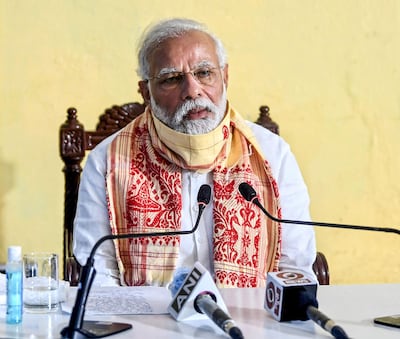
Just yesterday, however, Mr Pawar met leaders from eight parties – most of them regional outfits – in New Delhi. Prominent among them was Yashwant Sinha, once a towering figure in Mr Modi's BJP and one of India's most reform-minded finance ministers in the nineties and noughties. Mr Sinha is now a member of the All India Trinamool Congress. While his exit from the BJP was a foregone conclusion years ago, given his persistent criticism of the current government, it is significant that he has joined forces with a leader many seem to think will be the most formidable challenger for Mr Modi in 2024: West Bengal Chief Minister Mamata Banerjee.
Last month, Trinamool Congress routed the BJP in the West Bengal state election, handing Ms Banerjee a third successive term. That her victory was so emphatic – even though she was a two-term incumbent facing a national party with far more resources and the compelling Modi brand at its disposal – has led many experts to believe that her star has risen in national politics.
The BJP and its allies, meanwhile, have suffered setbacks in several state elections over the past two years, to the extent that India’s largest and most well-funded political party now runs states whose populations collectively constitute less than 50 per cent of the country.
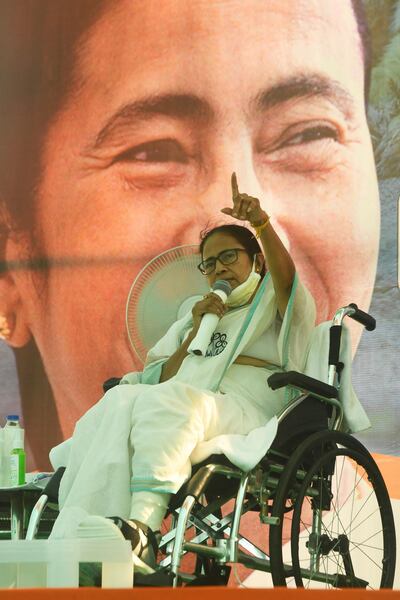
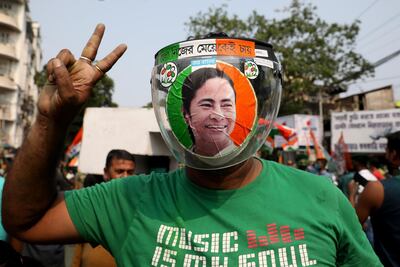
Curiously, though, Mr Pawar’s recent parleys have led some observers to speculate that a so-called Third Front could be in the works. This coalition will purportedly accommodate all interested parties that are neither allied with the BJP nor with the INC; the latter is India’s grand old party of the Nehru-Gandhi fame that ruled independent India for close to six decades but currently languishes in the opposition.
The rumoured proposal for a Third Front seems to emanate from the many troubles the INC is facing right now.
Its de facto head is Rahul Gandhi, whose father, grandmother and great-grandfather were all prime ministers, but who himself seems to be a reluctant leader. His apparent reticence, despite appearing to be a decent human being with a desire to reform Indian politics from the ground up, has paled in comparison to Mr Modi's powerful and purposeful persona. Mr Gandhi seems unable to hold together his party, in charge in just three states, or control the periodic defections at state and national levels.
In such a scenario, seasoned politicians and proven administrators such as Ms Banerjee, 66, and Mr Pawar, 80, must surely fancy themselves as worthier challengers to Mr Modi’s crown and who should, therefore, lead this ragtag opposition against the BJP in three years’ time. But there are many problems in assuming a Third Front will succeed.
For one, the numbers don’t add up.
As DK Singh of The Print explains, there are 19 states and five union territories – which account for 204 of the 543 seats in Parliament’s Lower House – in which the INC is either the ruling party or the principal opposition. The Third Front has no chances of winning these seats. This leaves it with 339 seats across the rest of the country, where its constituents will be competitive – provided Mr Pawar and Ms Banerjee can convince every major regional party to join their rumoured coalition. Even if it were to win 50 per cent of the seats, it would still be 100 seats short of forming a government (the magic number is 272). It must then bank on either the BJP or the INC to support it, making the coalition unwieldy and perhaps, in the long run, even untenable. Past experiments show that in India such tail-wagging-the-dog-type coalitions don't last beyond a few months.
The second problem is chemistry. Can the myriad regional parties with competing ideologies and vote banks come together to ensure that their votes get transferred to their respective allies? That remains to be seen.
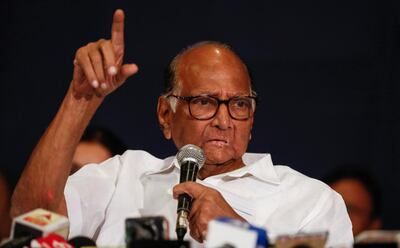
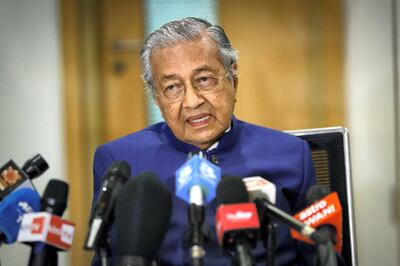
Also, who will lead the coalition? Could it be Mr Pawar, who, at his age, might fancy his chances, given Mahathir Mohamad returned as Malaysia's prime minister at the age of 92? Would Ms Banerjee's voters be put off were she not to be the chosen one? There are several other worthy contenders – all regional satraps – with plenty of experience and heft to lead the Third Front. Will they all get wholly behind whoever they pick? Again, one can only speculate.
It’s difficult to imagine either Mr Pawar or Ms Banerjee would even push for a Third Front, given their own affiliation to the INC. They were both party members whose ambitions grew too big to be accommodated by the Nehru-Gandhi dynasty. But even after they left in the 1990s to form their own outfits, they have remained allies of the INC – partly because, as tall as they are as leaders, their parties are limited to a few pockets in the country. They know that, if the INC – which still commands about 20 per cent of the national vote – wins key state elections between now and 2024, talks of an INC-led coalition will reemerge.
Mr Pawar himself spoke on the record to deny that yesterday’s meeting was concerned with building a Third Front. One doesn’t have to take his word for it, but it would be foolhardy to read too much into the chatter around such exchanges beyond the need for the likes of Mr Pawar to stay relevant and in the news as a means to keep the vote bases of the various opposition parties excited.
Expect more such meetings and speculations up until 2024.
Chitrabhanu Kadalayil is an assistant comment editor at The National
